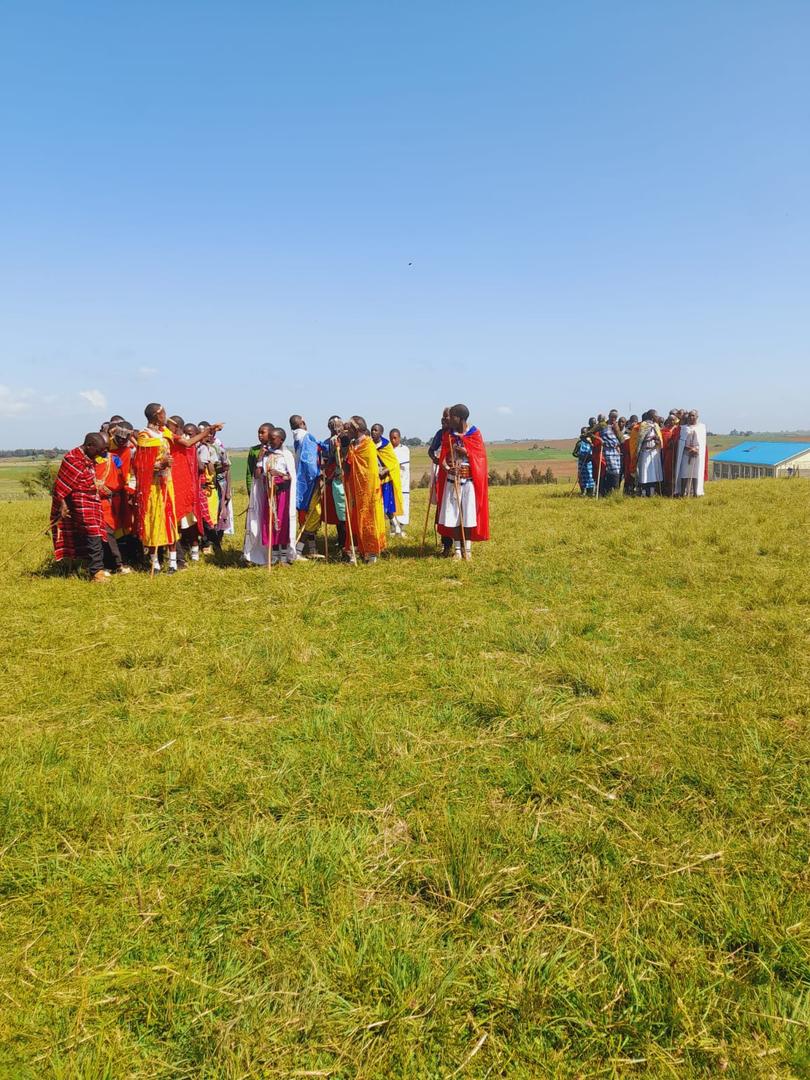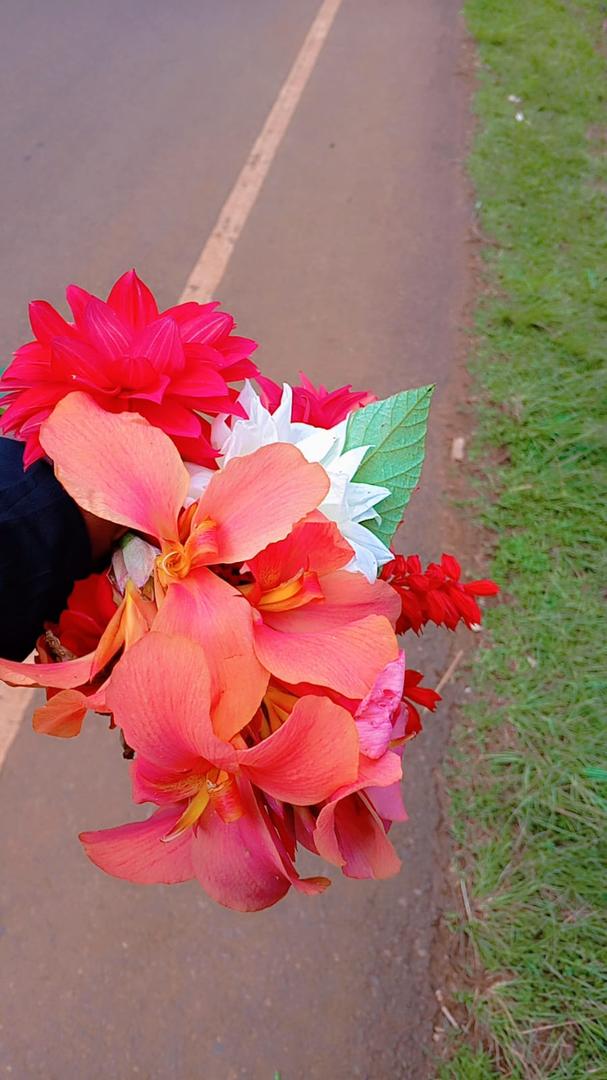hi
Sponsored Advertisements
Agriculture in Western Kenya: A Comprehensive Analysis
Agriculture
63 days ago
Comments (10)
Leave a Reply
New Discussions
-
Leadership and vision

Bossbaby
2 mins ago00 -
Midweek Energy Boost ⚡

Israel Ayonitemi
7 mins ago00 -
Me and My brain Midnight Comedy Show

Keizzzy
11 mins ago00 -
Good accessories good glow

Angel
12 mins ago00 -
Popular Man u fan and analysis Me Elvis and Kimutai Victor taughts on SENNE LAMMENS signing

David's Blog
13 mins ago00






















Danwhite
63 days agoAgriculture in Western Kenya: A Comprehensive Analysis
1. Introduction
Agriculture forms the backbone of Kenya’s economy, contributing approximately 33% to the Gross Domestic Product (GDP) and employing over 75% of the rural population. Nowhere is this more evident than in Western Kenya, a fertile, ecologically diverse region that plays a central role in national food production. The region’s agro-ecological zones, cultural history, and socio-economic patterns make it one of the most dynamic agricultural hubs in East Africa.
This discussion explores Western Kenya’s agricultural landscape, including its geographic context, staple and cash crops, livestock systems, agroecology, climate adaptation, youth and technology uptake, challenges, and strategic opportunities. With a focus on sustainability, inclusion, and resilience, this analysis aims to provide a comprehensive understanding of the region’s past, present, and future agricultural potential.
2. Geographic and Climatic Context
The Western Region traditionally consists of counties like Kakamega, Bungoma, Busia, and Vihiga, but can also extend to Trans Nzoia, Kisumu, Nyamira, Kisii, Homa Bay, and Migori due to their shared ecological zones.
Topography: The region includes Lake Victoria lowlands, forested highlands (e.g., Kakamega Forest), and volcanic plateaus around Mount Elgon.
Soils: Deep, well-drained volcanic and loamy soils dominate—ideal for both food and cash crops.
Climate: Equatorial with bimodal rainfall (long rains: March–May; short rains: October–December). Annual rainfall ranges between 1,200 mm and 2,000 mm.
This diversity of elevation and climate supports multiple farming systems—from maize–bean intercropping to tea and sugarcane plantations.
3. Staple Crops and Food Systems
3.1 Maize and Beans
Maize is the dominant crop, often intercropped with beans. In areas like Trans Nzoia and Uasin Gishu, maize is cultivated commercially using mechanized systems. Conversely, in Busia and Kakamega, it's typically grown by smallholders.
Challenges: Declining soil fertility, pest infestations (e.g., fall armyworm), and rainfall variability affect yields.
Opportunities: Improved varieties (e.g., drought-tolerant hybrids) and conservation farming have helped boost yields.
3.2 Cassava and Sweet Potatoes
In Busia and Siaya, cassava serves as a drought-resilient staple. It is increasingly commercialized through initiatives that process cassava into flour and animal feed.
Sweet potatoes—especially orange-fleshed varieties—are vital for food security and nutrition due to their high Vitamin A content.
3.3 Millet and Sorghum
While previously declining, sorghum and finger millet are resurging due to:
Climate resilience
Demand from breweries
Government support for indigenous crops
They are now commonly promoted as alternatives to maize in semi-arid areas like Bungoma South and Busia.
4. Cash Crops and Commercial Agriculture
4.1 Sugarcane
Regions such as Mumias (Kakamega) and Nzoia (Bungoma) have historically depended on sugarcane as a cash crop. However, the collapse of Mumias Sugar Company led to major economic distress.
Challenges: Poor pricing, factory mismanagement, and farmer exploitation.
Reforms: Ongoing privatization and diversification efforts (e.g., intercropping with legumes).
4.2 Tea and Coffee
In Vihiga, Nyamira, Kisii, and parts of Nandi, smallholder tea farming thrives under Kenya Tea Development Agency (KTDA). Coffee is also cultivated, although its role has declined due to price volatility and neglect.
4.3 Horticulture
Farmers in Kisii and Bungoma grow vegetables (kale, tomatoes, onions) and fruits (banana, avocado, mango). Horticulture is gaining prominence, especially in areas with access to urban markets like Kisumu and Eldoret.
Support: NGOs and county governments offer training on pest control, irrigation, and market linkages.
5. Livestock and Aquaculture
5.1 Dairy Farming
Dairy production is robust in highland areas like Uasin Gishu and Trans Nzoia. Improved breeds (Friesian, Ayrshire) and zero-grazing units dominate.
Cooperatives: Dairy co-ops in Bungoma and Kakamega have improved milk marketing.
Challenges: Limited cold storage, high feed costs, and disease management.
5.2 Poultry and Goats
Chicken (especially indigenous breeds) are vital for nutrition and cash income.
Goats (especially Toggenburg and local breeds) are common in drier areas for milk and meat.
5.3 Aquaculture
Supported by government investments, fish farming is expanding in Busia, Vihiga, and Kisumu. Tilapia and catfish dominate, with support from initiatives like Economic Stimulus Programme (ESP).
6. Agroecological Farming Practices
Western Kenya has become a testing ground for sustainable agriculture, particularly:
6.1 Conservation Agriculture (CA)
Practiced in Bungoma and Siaya, CA involves:
Minimum tillage
Soil cover (mulching)
Crop rotation (especially maize–legume systems)
Benefits:
Reduces erosion
Improves water retention
Boosts soil fertility
6.2 Agroforestry
Agroforestry combines crops with trees such as Grevillea, Calliandra, and fruit trees. It enhances:
Soil fertility
Shade for livestock
Alternative income (e.g., avocado sales)
6.3 Traditional Ecological Knowledge
Indigenous methods such as mixed cropping, use of ashes or plant extracts for pest control, and traditional seed saving practices are widespread.
7. Climate Change and Adaptation
7.1 Observed Impacts
Erratic rainfall disrupts planting calendars.
Extended dry spells reduce yields.
Soil erosion has increased, especially in hillside farms.
7.2 Farmer Responses
Adoption of drought-tolerant crops
Water harvesting (pans, tanks)
Use of climate information from radio or phone apps
Tree planting and cover crops to prevent soil degradation
7.3 Support Systems
County governments now include climate-smart agriculture (CSA) in their policies.
Research institutes like KALRO and IITA support local adaptation strategies.
8. Technology and Mechanization
8.1 Youth-Driven Innovation
Programs like Vijana na Kilimo train young people in:
Climate-smart farming
Market access
ICT use in agriculture
8.2 Mobile and Digital Tools
Apps like PlantVillage, iCow, and M-Farm are helping farmers:
Diagnose pests
Access weather forecasts
Find buyers and price information
8.3 Mechanization
Uasin Gishu and Trans Nzoia lead in tractor use. In smaller counties, mechanization is growing through leasing programs and government subsidies.
9. Socioeconomic Dimensions
9.1 Gender Roles
Women are central to agriculture in Western Kenya, particularly in:
Crop production
Animal care
Market trading
However, access to land, credit, and training remains unequal. NGOs are now offering women-focused extension services.
9.2 Youth and Employment
Youth view agriculture as “dirty” or unprofitable. However, with improved access to:
Agribusiness training
Value addition (e.g., making jams, yogurt, animal feeds)
ICT tools
...many are returning to farming as a business.
9.3 Farmer Cooperatives
Groups have improved:
Bargaining power
Credit access
Post-harvest handling
Examples: Sang’alo Dairy Co-op (Bungoma), Busia Farmers’ Union
10. Challenges in Western Kenya Agriculture
Despite the potential, major challenges persist:
10.1 Land Fragmentation
High population density has led to very small land holdings.
Limits commercial viability.
10.2 Soil Degradation
Overcultivation and use of acidic fertilizers have reduced fertility.
Liming and organic farming are being promoted.
10.3 Market Access
Poor road infrastructure increases post-harvest losses.
Lack of cold storage limits horticultural expansion.
10.4 Limited Credit and Inputs
Farmers struggle to afford fertilizers, seeds, and machinery.
Need for more accessible financing and cooperatives.
10.5 Climate Uncertainty
Requires better early warning systems and insurance schemes.
11. Future Opportunities
11.1 Diversification
Promote crops like groundnuts